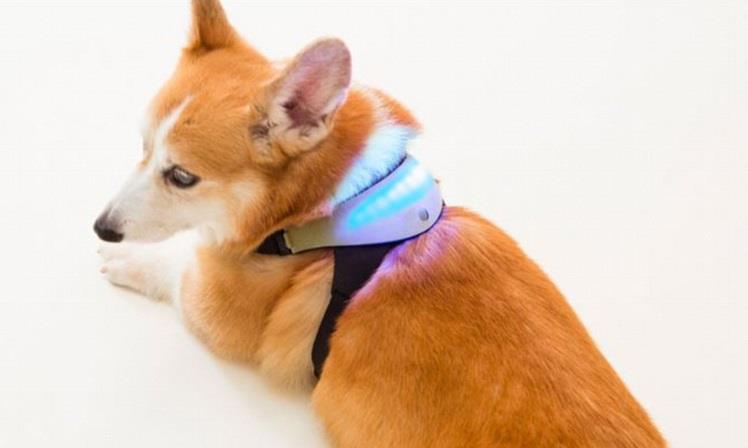
Angry, happy or hungry? This AI-powered dog collar translates barks into human emotions
14-01-2021
When someone has a dog in their home for some time, they get accustomed to its antics, behavior and make an understanding with the canine. However, their barks are still not deciphered by anyone yet. Thanks to the evolving dependence on technology, a South Korea based startup has come up with an AI-powered dog collar that can translate the canine barks into actual human emotions. While the collar will be tied around the canine, an application can be downloaded on our smartphones that can decipher each and every bark. Not only that, but the collar also tracks the canine's physical activity and the amount of rest it has taken or needs. The Petpuls Lab started working on this in 2017. They gathered different types of barks and used them to analyze emotions. It was only three years later when they developed an algorithm based on a database of more than 10,000 samples from 50 breeds of dogs. Speaking to Reuters, the director of global marketing named Andrew Gil said, "Petpuls gives a dog voice that humans can understand. With this device, we humans can communicate and understand better, more accurately, more effectively. The Seoul National University tested the device on its campus and called it 'the first of its kind.' They also stated that the collar has a 90% average accuracy rate of emotion recognition. The company started marketing these collars in October 2020 starting at around $99. Many people tend to abandon dogs due to miscommunication and not able to understand their needs. Gil states that this collar can help bridge that gap. "Petpuls can play an important role in the pandemic. it helps owners understand how dogs feel and increase their bond," he told the news agency. For obvious reasons, netizens were fascinated by this. Some of them actually wanted to spend money on this. One of them even said, "What's next? AI with a translator that makes our dog talk to us in English or any other language we chose." However, some were not sold by the idea. They felt that you do not need any kind of technology to understand their dog's needs and emotions.
Leave a comment: (Your email will not be published)